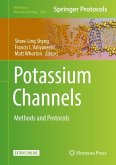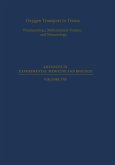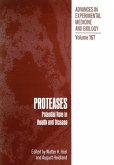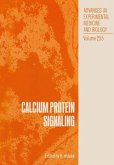pH and ion-selective microelectrodes are rapidly finding an increasing number of applications in the study and control of living (and nonliving) systems. They are unique in their capacity to mea sure chemical species without altering natural or controlled envir onmental conditions. Furthermore, these potentiometric tools mea sure the activity of the chemical species in contrast to conven tional ones that measure total concentration. The "Workshop on Ion-Selective Microelectrodes" is designed to provide an insight into the principles, theory, fabrication, tech niques, present limitations, goals, and applications of some of these tools. The importance and types of microelectrodes and guidelines for their application in biological systems are discussed by Berman. Their present limitations are reviewed by Durst. He warns that their use in analyzing living matter should be approached with caution because of the ill-defined nature of biologic systems. Techniques are presented next for the fabrication of pH (Hebert), antimony (Green and Giebisch, and Malnic et al.), oxygen (Whalen), then single-barrelled (Wright, Walker and Ladle, Morris and Krnjevic) and double barrelled (Zeuthen et al., and Khuri) potassium and chloride liquid ion-exchanger microelectrodes. Difficulties with and fabrication of reference and glucose electrodes are covered, respectively, by Durst and Wright, and Bessman and Schultz.
Hinweis: Dieser Artikel kann nur an eine deutsche Lieferadresse ausgeliefert werden.
Hinweis: Dieser Artikel kann nur an eine deutsche Lieferadresse ausgeliefert werden.








